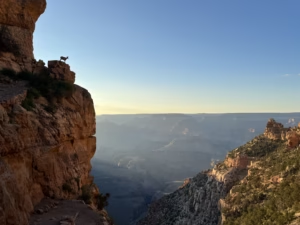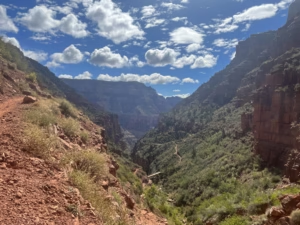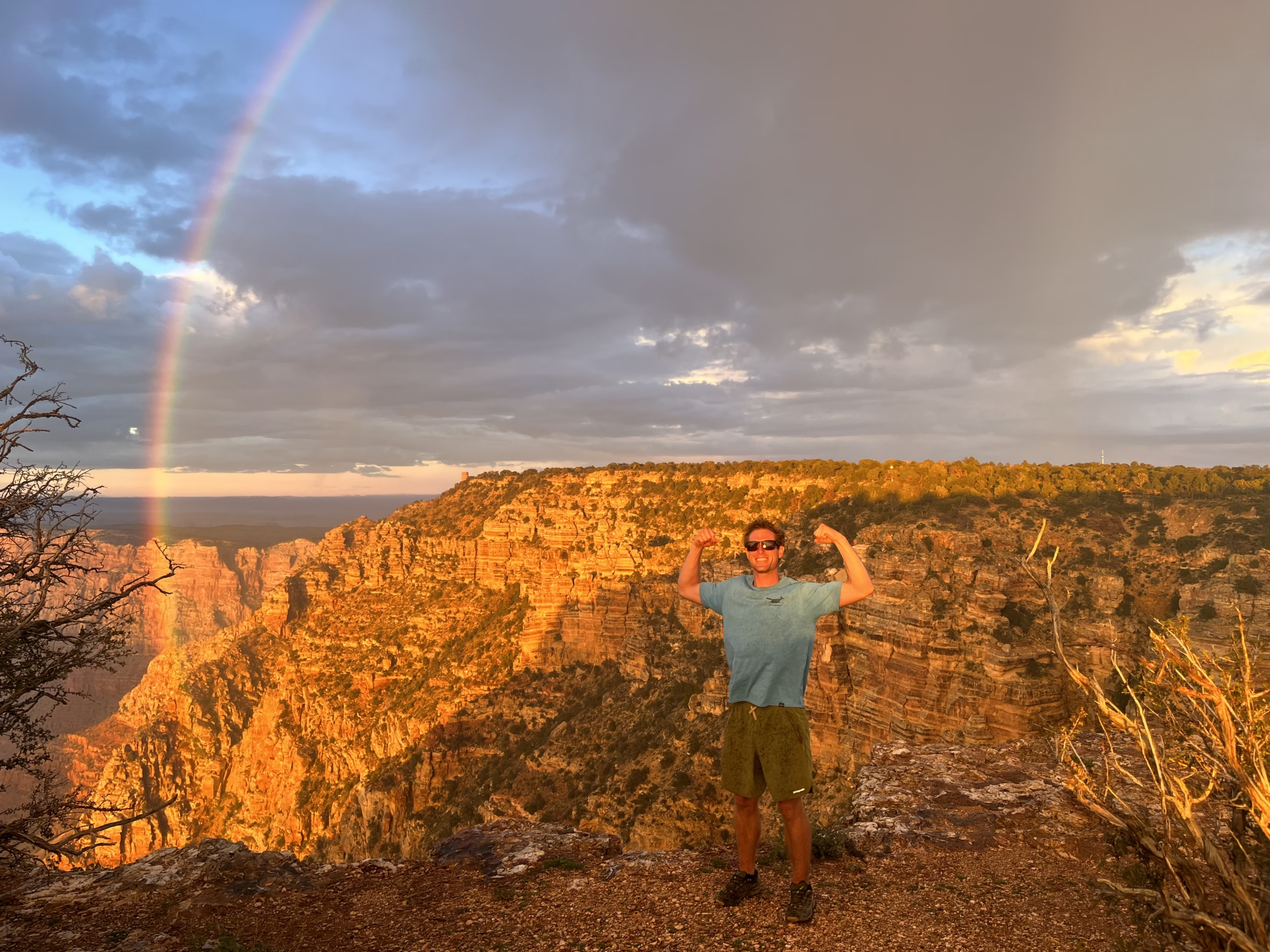Running Through the Grand Canyon: Endurance, Heart Rate Zones, and the Art of Pushing Limits
The Grand Canyon has always captured the imagination of explorers, adventurers, and nature lovers. But in recent years, it has also become a mecca for endurance athletes and trail runners from around the world. From Rim-to-Rimchallenges to the legendary Rim-to-Rim-to-Rim (R2R2R) feats, the Canyon now serves as the proving ground for some of the most elite runners on the planet.
The Rise of Trail Running in the Grand Canyon
Running the Grand Canyon is not for the faint of heart. With extreme elevation changes, harsh temperatures, and remote, rugged terrain, it demands more than just physical strength—it requires mental fortitude, preparation, and respect for the landscape. The trail running community has embraced the Canyon as a sacred test of endurance and willpower.
Athletes from across the globe travel to Arizona with one goal in mind: to test their limits in one of the most awe-inspiring and challenging environments on earth. Whether it’s a single crossing from the North Rim to the South Rim, or a grueling out-and-back Rim-to-Rim-to-Rim journey, these runs have gained a cult following and earned their place among the world’s most iconic endurance routes.
Fastest Known Times (FKTs) in the Grand Canyon
Rim to Rim (R2R) Record:
- Men: Jim Walmsley holds the men’s Rim-to-Rim record, completing the crossing in 2 hours, 39 minutes.
- Women: Krissy Moehl holds the women’s Rim-to-Rim record with a time of 3 hours, 26 minutes.
Rim to Rim to Rim (R2R2R) Record:
- Men: Jim Walmsley again leads the charge with a time of 5 hours, 55 minutes, solidifying his reputation as one of the greatest ultrarunners in history.
- Women: Cat Bradley holds the women’s R2R2R record with a time of 7 hours, 52 minutes.
These times are nothing short of extraordinary, and they represent what’s possible when elite athleticism meets strategy, training, and heart.
Why the Grand Canyon?
So what is it about the Grand Canyon that draws runners in droves?
- Elevation Gain & Descent: With over 20,000 feet of elevation change on an R2R2R run, it’s the ultimate test of climbing and descending strength.
- Beauty and Solitude: The surreal landscapes, towering cliffs, and sense of isolation create a meditative space for long-distance runners.
- Challenge and Legacy: The Canyon is where legends are made. Running it is not just a race—it’s a rite of passage.
There’s a certain poetry in running through the Canyon. The rhythm of breath and heartbeat echoing against ancient stone. The way the light shifts and dances on the cliffs. The way exhaustion melts into transcendence.

Understanding Heart Rate Zones
One of the most powerful tools endurance runners use to manage performance and prevent burnout is heart rate training. Your heart rate (HR) gives insight into how hard your body is working—and by training in specific zones, you can maximize your endurance, speed, and recovery.
What Are Heart Rate Zones?
Heart rate zones are ranges based on your maximum heart rate (MHR). These zones are typically divided into five categories:
- Zone 1 (Very Light) – 50–60% of MHR: Active recovery, warm-ups, and cool-downs.
- Zone 2 (Light) – 60–70% of MHR: Endurance training zone—used for building aerobic capacity and burning fat efficiently.
- Zone 3 (Moderate) – 70–80% of MHR: Improving cardiovascular fitness and muscular endurance.
- Zone 4 (Hard) – 80–90% of MHR: Increasing anaerobic capacity and speed.
- Zone 5 (Maximum Effort) – 90–100% of MHR: Short bursts, sprinting, max output.
Why Know Your Heart Rate Zones?
Knowing your zones helps you:
- Train smarter, not harder
- Avoid overtraining and injury
- Improve endurance and fat-burning efficiency
- Structure workouts with purpose
- Ensure proper recovery and long-term progress
Ultrarunners often spend long hours in Zone 2, slowly building an engine that can carry them across hundreds of miles. Knowing when to stay in Zone 2—and when to push into higher zones—can make all the difference in a Grand Canyon crossing.

The Intersection of Nature, Fitness, and the Human Spirit
Trail running in the Grand Canyon is more than a sport. It’s a journey—into yourself, into the raw power of nature, and into the frontier of what the human body and mind can endure. As more runners continue to flock to the Canyon, it remains a living altar to strength, suffering, and sublime beauty.
Whether you’re training with heart rate zones to run your first canyon crossing, or chasing FKTs, the Grand Canyon welcomes you to its walls. Lace up, tune into your breath, listen to your heart—and run like no one’s watching.
See our guide to the best trails in the Grand Canyon and consider hiring us for your next backpacking trip!







